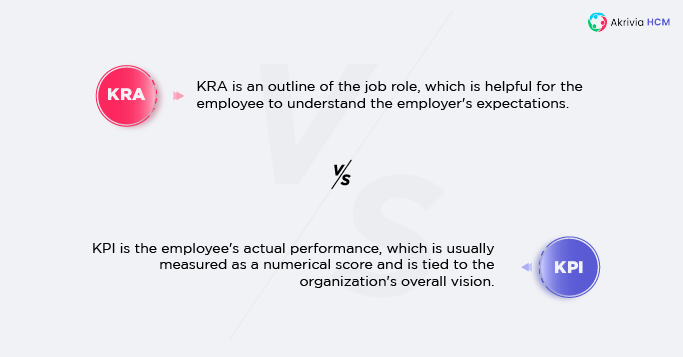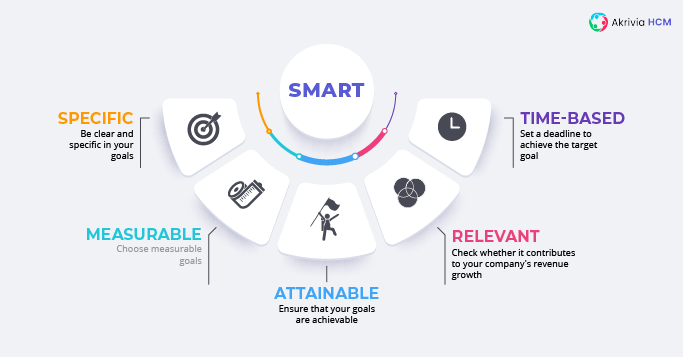Table of Contents
Is it possible to employ people in the team and expect them to work towards the set goals without clarity on the job role?
No. It would be a nightmare. People would usually fall short of meeting expectations, as they would not know what expected of them. Working without clarity on the job requirements and employer expectations would not take any employee or the organization very far.
The job outline or the expectations from the employer called as KRA. Short for key responsibility areas or key result areas, it helps start an employee’s journey with the correct mindset and clear expectations from the employer.
It plays a critical role in performance management as employees can work in a set framework. These are increasingly becoming a basic requirement in today’s workplace. Employees expect the employer to share clear KRAs, as it sets the outlines for their performance at the organization.
KRA stands for key responsibility areas, and it helps define the expectations of the employer from a specific job role. It clarifies the employee what is expected of their role at the company. Without KRAs, an employee may feel lost or demotivated to perform.
It also plays an important role in increased employee satisfaction and is used as an outline based on which an employee’s performance review can be done. It is usually well-defined and easy to measure for the employer. This helps the employee perform better by providing a ready reckoner about what is expected by the employer.
It is important for both the employer and employee in many ways. Some key points on the importance of KRA in the workplace are as follows:
Key responsibility areas (KRA) and key performance indicators (KPI) are two distinct measurable units that are helpful in their ways of driving the growth of the organization. However, these are uniquely different from each other. KRA is an outline of the job role, which is helpful for the employee to understand the employer’s expectations. On the other hand, KPI is the employee’s actual performance, usually measured as a numerical score and tied to the organization’s overall vision.

KRAs are usually shared before the start of the job at the organization. KPIs are measured after a specific period to assess the employee’s performance.
Key responsibility areas are always set at an employee level, whereas KPIs are set at an organization level, departmental level, and then at the employee level. For instance, revenue targets, profit targets, sales targets, etc., are all part of KPIs.
The KRAs for an HR Manager would include the roles and responsibilities for the job. It varies in different companies. It would need to be a SMART goal, i.e. goals that are Specific, Measurable, Achievable, Reliable, and Time-bound. The following are the KRA for HR Managers:
 It is a critical component of every job role. Without a KRA, it would become challenging for HR managers and top management to handle performance management and drive company growth. At the same time, KRA provides a guide to the employee on the role expectations and channels the employee’s energy towards achieving company goals.
It is a critical component of every job role. Without a KRA, it would become challenging for HR managers and top management to handle performance management and drive company growth. At the same time, KRA provides a guide to the employee on the role expectations and channels the employee’s energy towards achieving company goals.Let’s Recruit, Reward, and Retain
Your Workforce Together!
